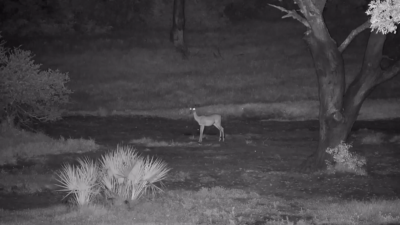A wordless essay, presented in a suite of master shots, offering glimpses of animal societies in motion. Moments of the everyday include cycles of eating, loving, fighting and playing. These liminal and fast disappearing collectives are a living hauntology, a celebration of alternative lives and cultures.
“When people are young they see animals as equals, even as kin. That humans are different, unique and superior to all other species – this they have to be taught.” Sigrid Nunez
“I was struck throughout by the poetry of water and thirst, and how the title asks us to shift perspective on what we value, while the film shows what the animals value, in a certain way. The movie also made me think a lot about the Brambell Report’s 5 Freedoms (freedom from hunger and thirst, freedom from discomfort, freedom from pain, injury or disease, freedom to express normal behaviour, freedom from fear and distress). I really appreciated the choices you made.” Karol Orzechowski
“The intimacy of the animal kingdom is a relief from humanity, a recess from intellectuality, a nourishing breath I had to take. I read it also as science fiction, how earth might be if we weren’t here.” Camilo Constain
“I watched Ask the Animals; it is very seductive. I love the long takes and the way the world is almost human-less. In fact, I felt like one of the shaping elements was that this is a world without humans, although we are aware of them through their cars, the windshields, the presence of cameras filming, one can construct the humans as a present absence. There’s even the fantastic sequence of the orangutan driving the cart, which was so uncanny — can an orangutan actually drive? But they are driving, navigating, look at their hands turning the wheel, they have replaced the humans — until there’s the moment when humans do appear at the watering pool, with cameras, watching the elephants; and then I felt shocked at the sight; maybe that’s how you wanted me to feel? You must have been conscious of their exclusion until that moment. The whole film has a poetic, associative movement, something patterning or kinetic will link one sequence to the next, almost like visual rhyme. Is the soundtrack derived from actual ambient sound connected with the images and altered or added to or created separately? I kept wondering; I wondered as we listened to the lions drinking at the watering hole. because there was no music and no human voice-over I was asked to listen — this is what the animals seemed to be asking, and to watch them like this made them wondrous and autonomous, strange in their multitude of forms, a planet full of such extraordinary creatures. Who could not feel the wondrousness? The film asked me to slow down, attend; slow cinema, this in itself was very pleasurable. (so many images to love, the bears filmed underwater, headless and as if dancing; the night-filming of animals with eyes like glow worms.” Catherine Bush
